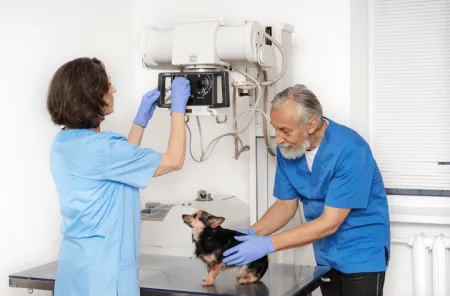Introduction
In the era of smart technology, securing your home with a robust security system is more important than ever. Among the various components of a home security setup, Closed-Circuit Television (CCTV) systems stand out for their effectiveness in deterring crime and providing peace of mind. In this guide, we’ll walk you through the essentials of CCTV installation – from selecting the right system to mounting the cameras and configuring the network.
Understanding the Basics
Before diving into the installation process, it’s crucial to understand what a CCTV system entails. Typically, a CCTV setup includes cameras, a recording device (like a DVR or NVR), and a monitor. The choice of cameras can vary from simple, stationary models to sophisticated, motion-sensitive ones with night vision capabilities.
Step 1: Choosing the Right Equipment
The first step in your CCTV installation journey is choosing the right cameras and recording equipment. Consider the following factors:
- Camera Type: Decide between wired or wireless models. Wired cameras are more reliable in terms of connection but require more effort to install.
- Resolution: Opt for high-resolution cameras for clearer images.
- Field of View: Determine how wide an area each camera can cover.
- Indoor vs. Outdoor: Ensure that outdoor cameras are weatherproof.
Step 2: Planning Camera Placement
Strategic placement is key. Identify critical areas like entry points, windows, and large common spaces. Ensure that each camera has a clear view and isn’t obstructed by objects like trees or décor.
Step 3: Installing the Cameras
Now, onto the technical part. Here’s where a CCTV installer can come in handy, especially for complex systems. However, if you’re going the DIY route, follow these steps:
- Mount the Cameras: Secure them firmly at the chosen points. For wired cameras, you’ll need to drill holes for cable routing.
- Cable Management: Run the cables from each camera to the recording device. This step is crucial for wired systems.
- Powering the Cameras: Ensure each camera has a power source. For wireless models, this might mean regular battery changes.
Step 4: Setting Up the Recording Device
The DVR or NVR records and stores the footage from your cameras. Connect it to the cameras and a monitor or TV. This setup will allow you to view live footage and access recorded videos.
Step 5: Configuring the Network
If your system supports remote viewing, configure your network to connect the DVR/NVR to the internet. This setup typically involves some network adjustments and may require some technical know-how or professional assistance.
Step 6: Testing the System
Once everything is connected and powered, test your system thoroughly. Check each camera’s feed, test the recording capabilities, and ensure remote viewing (if applicable) works smoothly.
Maintaining Your CCTV System
Post-installation, regular maintenance is crucial. This includes cleaning camera lenses, checking cables, and ensuring the recording equipment is functioning correctly. Also, periodically check for firmware updates to keep your system secure and efficient.
Conclusion
Installing a CCTV system can seem daunting, but with careful planning and a step-by-step approach, it’s a manageable task. Whether you choose to hire a professional CCTV installer or embark on a DIY project, the peace of mind and security provided by a well-installed CCTV system are invaluable. Stay safe and secure in your smart home!



